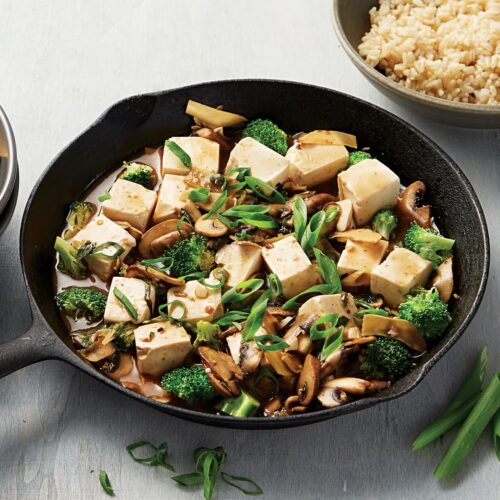
Can we trust the ingredients lists on our food packaging labels? Simpson Grierson food law specialists investigate.
In an age of increased food scrutiny, many consumers wonder if ingredients lists on food labels really tell us what’s in our packaged food. The short answer is yes. Sort of.
Overall, Kiwis can expect ingredients lists on food labels to:
- list most of the ingredients
- let us know the percentages of the main ingredients and
- indicate allergenic substances.
Ingredients lists
The Food Code requires most NZ and Australian food labels to list all ingredients, including additives such as preservatives. The ingredients must be listed in order of ingoing weight. So far, so good.
But, often, compound ingredients, comprising two or more substances, are used. For example, chocolate chips in a muesli bar are a compound ingredient, typically made up of chocolate liquor, cocoa butter, sugar and lecithin. Ingredients in a compound ingredient must also be listed in the ingredients list, unless the compound ingredient makes up less than five per cent of the product. In that case, simply stating ‘chocolate chips’ is fine – unless additives in the chocolate chips perform a technological function in the bar. For example, if the lecithin in the chocolate chips also acts as a firming agent, then it would need to be declared, even if chocolate chips were below the five per cent threshold.
Characterising ingredients
You may have also noticed percentage values in some ingredients lists. These values indicate the characterising, or main, ingredients or components of a food. A characterising ingredient is:
a. mentioned in the name of the food
b. associated with the name of the food or
c. emphasised on the label of a product in words or images.
For instance, the blueberries in ‘Grandma’s Blueberry Jam’ would be a characterising ingredient as they’re mentioned in the name and the label has an image of blueberries, so the percentage value of blueberries in the jam would need to be stated. Likewise, our muesli bar label may need to declare the percentage value of cereals and grains, as these are typically associated with muesli bars.
The code also prescribes format. An ingredient must be listed by its common name, a name that describes its nature or by its permitted generic name. An additive must be listed by its permitted class name, indicating function (such as preservative) and code number or, if it can’t be classified, the name it is typically known by.
The line in the sand
Some exemptions determine the way ingredients are declared, or if lists are required.
There are certain products not required to display ingredients, such as packaged water, wine and beer and food in small packages (surface area less than 100cm2). Also, certain ingredients don’t need to be listed, such as some flavourings, ingredients removed during production and processing aids.
Allergens
In all cases, the code requires these allergens be declared: crustacea, egg, fish, milk, peanuts, soy beans, sesame seeds, tree nuts, lupin and cereals containing gluten.
Consumer tip
If in doubt, check the food manufacturer’s website or contact them for clarification. Or visit the Ministry for Primary Industries website for more information.
www.healthyfood.com










